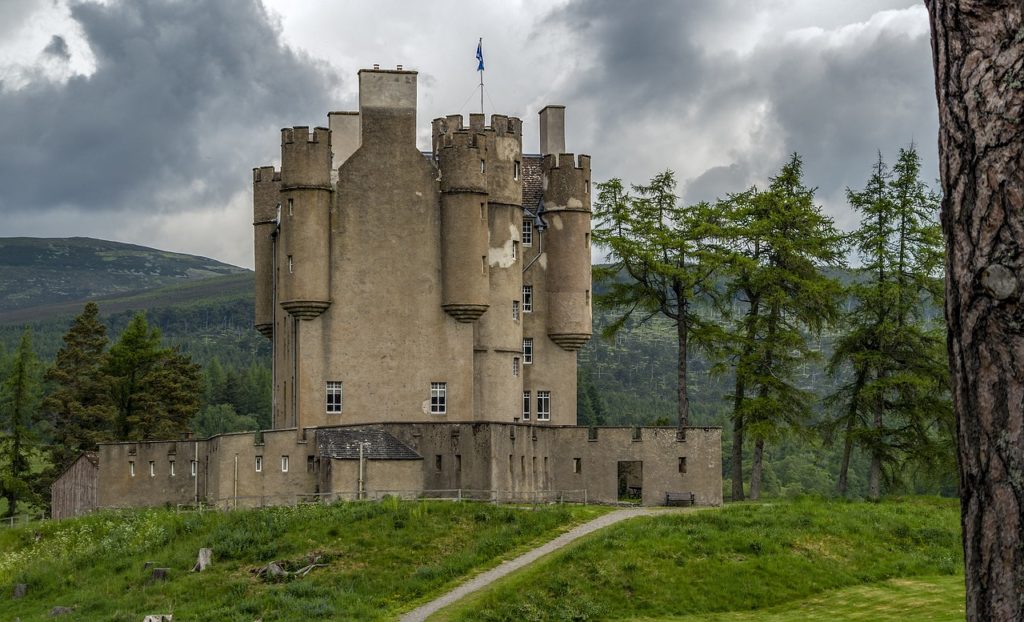The pandemic has hit heritage, hard. Some projects were already experiencing great difficulty. That’s certainly the case for smaller heritage properties who rely on summer visitors. One such property is Braemar Castle in Aberdeenshire, northeast Scotland. Braemar Castle restoration began in 2007 when a local community trust took over from the previous owners. It re-opened a year later and has remained so ever since. However, much of the building still requires a lot of work. The primary concern is the roof, for which the owners have spent a decade trying to raise funds.

Braemar Castle Restoration: What’s Next?
So far, the owners have spent around £500,000 repairing the roof and other essential work. Yet more is needed and it is into this pot that the National Lottery HLF donated £35,000. With the vital work, and the pandemic, the castle cannot now reopen until September 2021. However, the grounds have now re-opened following eased restrictions in Scotland. The Braemar Castle restoration is a long time coming, but locals hope it will once again become a jewel in the local crown for this area of Scotland. But what of the property’s history? Despite its small size, it’s played a part in some of Scotland’s most important events.
Once home to one of the most powerful families, it was a main target for Jacobites in 1689 and burned. When the next Earl switched sides, the rebellion lasted only a few more months. In the fallout, the Earl fled abroad and the Crown seized Braemar. Back under crown control, a garrison remained at the castle until the rebellion finally ended at Culloden. The Braemar Castle restoration goes beyond conservation of the property. Located on the edge of the Cairngorms, it is ideally situated in a beautiful area of the UK. The grounds are a haven for wildflowers – both common and rare – and native species like red squirrel.
